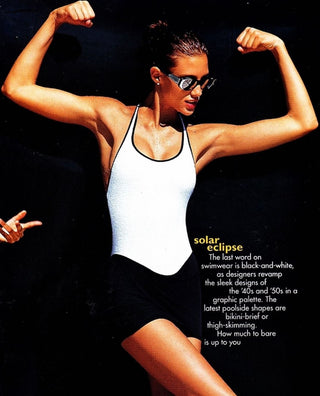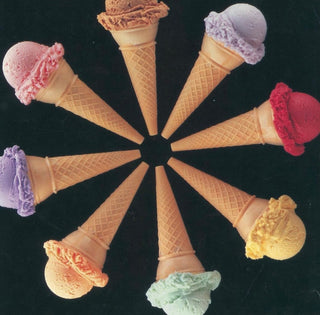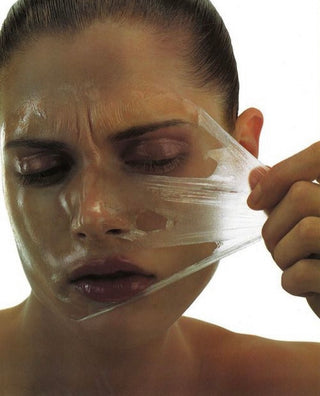By: Dana Giordano
In the age of pandemic, the few moments we can spend outside moving our body are the most cherished moments of the day. One outlet for such exercise is running and it’s not too late to start even if you’ve never really tried it before. The hardest part about running is getting out the door and that remains true if you are a professional runner or a rookie. There’s always some sort of metaphorical barrier when it comes to running that dissuades many people from getting into it. However, this barrier can be overcome by doing a few simple things to wake both your body and mind up.
First, when you are planning your run make sure you schedule in about 10 minutes before to activate and about 5 minutes after to stretch. If you only have a 45 minute window to workout, think of it as 15 minutes of activation and stretching with a 30 minute run.
The first 10 minutes of your running experience should be spent waking up the body and doing active stretching. I typically lightly foam roll the major muscle groups on my calves, glutes, quads, and hamstrings. Foam rolling brings blood flow to the muscles and alerts them to wake up. Additionally, I use a lacrosse or tennis ball to roll out my feet. This should take about 5 minutes.
Next, is the most important step in having an effective run, activation. Activation signals your brain to “wake muscle up” and make sure it is being recruited during the activity you are about to do. Since running is performed in a single plane, some of our muscles get lazy and don’t work well during the activity, which can lead to injury. A simple lunge sequence can activate your glutes, lower legs, core, hamstrings and quads. Start with 10 forward lunges, 10 backward, and 10 laterally. Add a twist to these to move your thoracic spine. In less than 10 minutes, you have changed the trajectory of your run. Your body is now awake and prepared for the journey ahead.
When on your run it is important to do periodic “body checks” to see how you are feeling and how your running form is acting. A simple check is to shake out your arms to release some tension in your arms and upper body. When your arms return to form imagine you are holding two tea cups in your hands delicately. The goal is to ‘sip the tea’ by bringing your arms from your hip upwards in a 90 degree angle near your nose. Some other checks or body cues that are helpful for form are to “run tall” and “lean forward”; which are borrowed from the Chi method of running. To run tall is to essentially stack your joints a top one another in order to be a more efficient runner. I often imagine a balloon string pulling my head up to realign my body while in motion. It is also essential to remember to lean forward while running. A slight forward lean allows our bodies to fall forward and use gravity to our advantage by having our legs land directly beneath us. To achieve this, imagine a lean from your ankles. By checking in with your body and relaxing you can use these cues to improve your running form.
When you return from running, use the last 10 minutes to do some traditional static stretching. Think of your muscles as a rubber band. If you pull the rubber band taught after it hasn’t been used in a while, it will be stiff and won’t move well. However, once you warm it up (roll, activate, and run) it will be ready to stretch.
By being extra kind to our body, before and after activity, we are more prepared to take on the challenge of running.
















